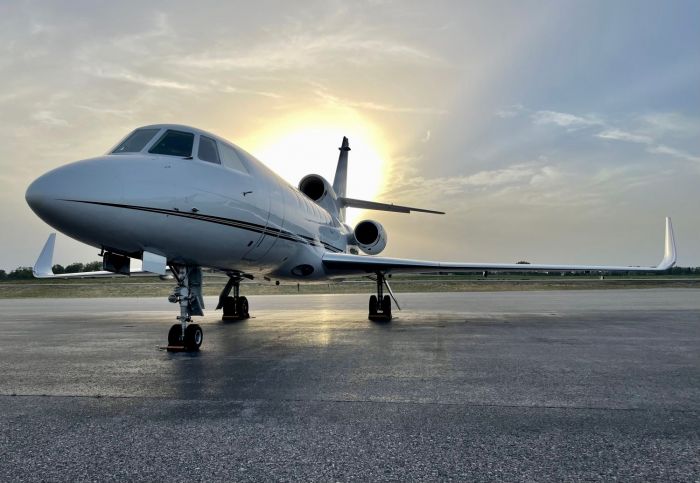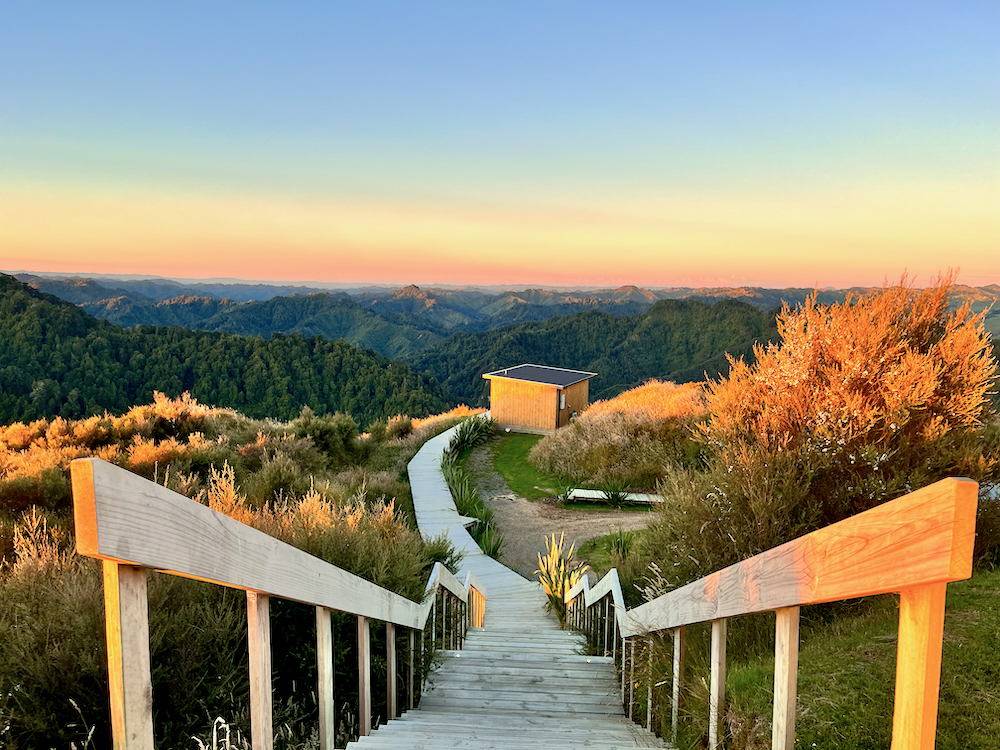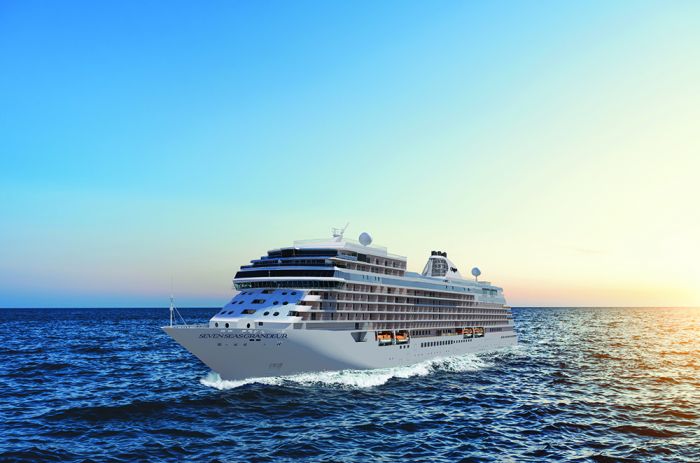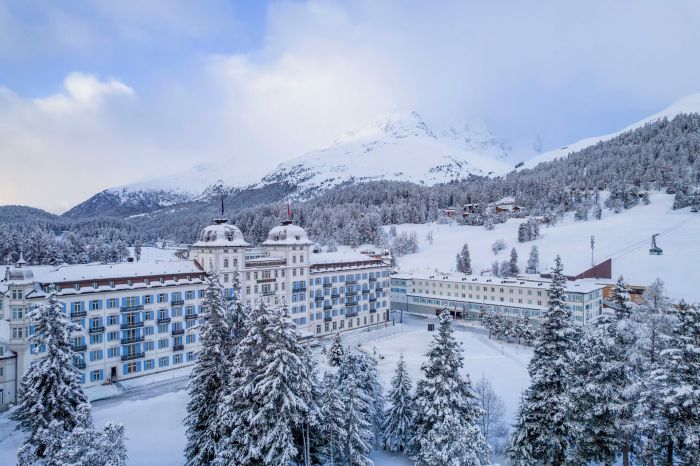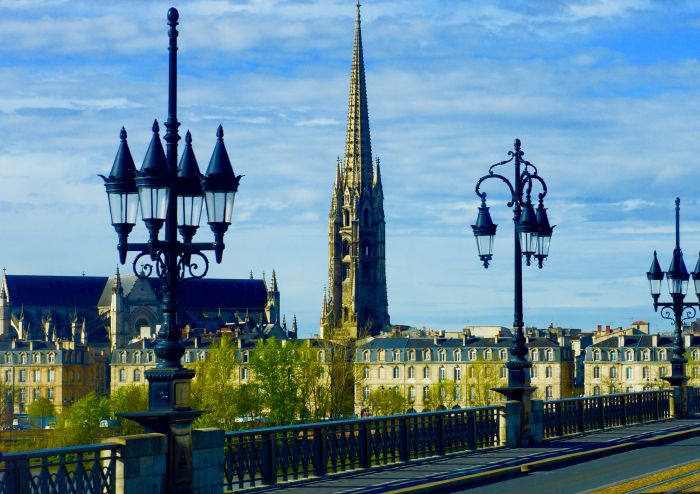
Many new dimensions define what luxury has become. Opulence was once considered to be acquisition of high end material: purses, clothing, shoes, basic consumer stuff. With travel, it was seeing destinations along a well-trod, well-known path. Now, with new emerging buying populations, the meaning is evolving. Those who travel seek different kinds of adventure—locations off the beaten path and diverse educational experiences that include deeper histories and sensory explorations of products that are made in those areas.
Our most recent cruise experience was a powerful argument for this type of travel. The areas explored were historic, high-end and unique, with expereiences transcended the usual. Because the focus was on historic Chateaux and the wine of the Bordeaux region, we went to areas that were not often visited. The historic making of Cognac, Sauternes, St. Emilion, Margaux, and others were all seen in the elegant living and dining areas of historic Chateaux.

The history of the Bordeaux region is complex and multi-dimensional, just like its wines. It spans over two millennia to Roman times when the first vineyards were planted. What seemingly moved the wine from a local to an international commodity was the marriage of Henry Plantagenet and Eleanor of Aquitaine. The coupling opened the Bordeaux region to the English market and eventually to the world.
Interestingly, the name Bordeaux derives from the French au bord de l'eau which means "along the waters" and makes reference to both the Gironde estuary and its tributaries, as well as the Garonne and the Dordogne rivers. There is a softness to this region. Morning fog from the rivers come and go, and the seasons are more temperate than in other areas. There is usually a cool breeze, and the soil is rich, volcanic, and pebble-y. At one of the vineyards, the Rayne-Vigneau, we were told that often semi-precious stones were found not far underground, brought front from the Pyrenees by glacial movement during the ice age five million years ago. Bordeaux now has over 8000 wine producing chateaux, and we were able to enter some of the most historic and sample some of their great tasting wines.

Our first wine stop was in the Sauternes region, a small area with the Graves region of Bordeaux, on our way to the Rayne-Vigneau Sauternes Vineyard and Winery. The de Vignau family can trace their ancestor's ownership back to 1635. The official 1855 Classification included Vigneau among the First Growths of Sauternes. The nearby Ciron River, a tributary of the Garonne, has a major influence on Rayne Vigneau, whose vines cover a single, huge, gravelly rise that overlooks the entire region. The Ciron is responsible for morning mists in autumn that encourage the development of Botrytis Cinerea. Botrytis attacks ripe grapes, concentrating sugar and conferring a highly individual flavor unique to Sauternes. The grapes are hand-picked and fermented in barrel, and the wine is also aged in barrel.
The Sauternes I had tasted before all seemed awfully sweet, and somewhat cloying. After we walked around this vineyard, replete with old vines and pebbled soil, we had a wine tasting. The Rayne Vigneau tasted clear, multi-textured, and very much like a cool, summer morning. It had a California honeysuckle and Madagascar Jasmine scent that somehow translated into a light, comfortable taste.
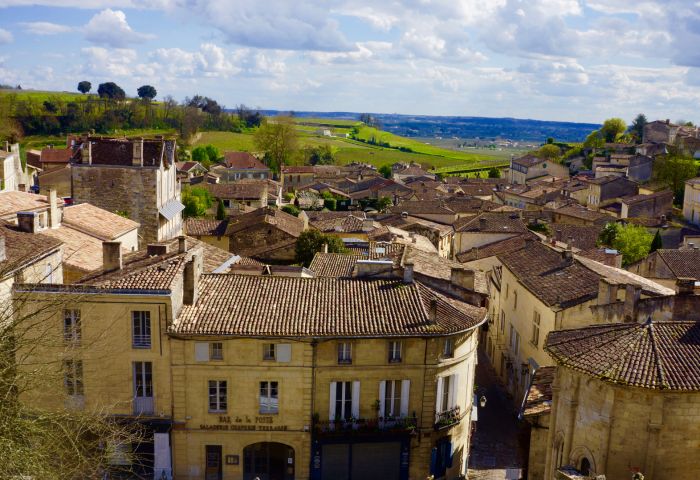
The Town and Wines of St. Émilion
The town of St. Émilion is only 22 miles northeast of Bordeaux, and is surrounded by vineyards. One of the oldest active wine producing appellations in the Bordeaux region, its history dates back to Roman times. The wines of St. Émilion have a distinctive softness, a velvety finish, and are considered the most robust and memorable of the red Bordeaux.
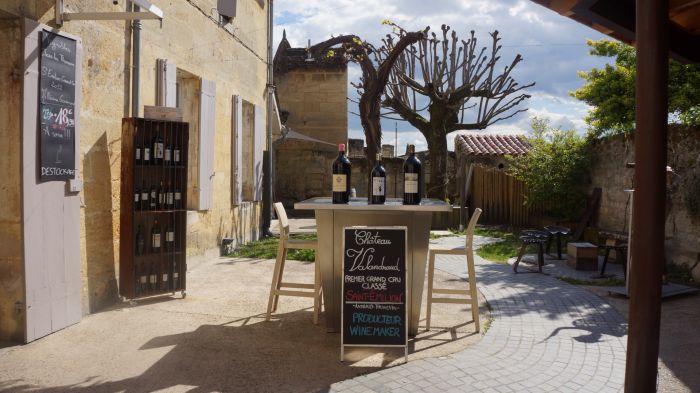
The name of the area, St. Émilion, was named after the monk Émilion, a traveling confessor who settled in a hermitage carved into the rock in the 8th-century. It is now a limestone, monolithic Church, a central point in the village of St. Émilion. Today, the village of St. Émilion is a protected UNESCO World Heritage Site. Not only is the church protected, but the vineyards are also; both the spiritual and the spirits are well cared for.
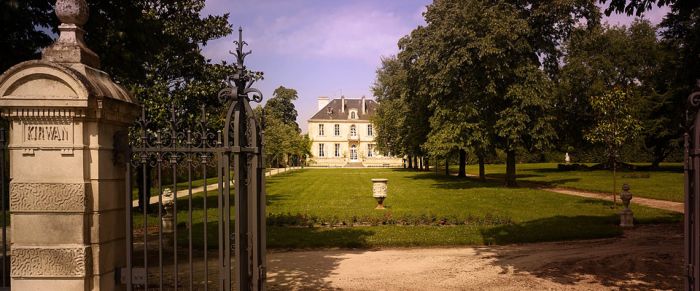
Châteaux Kirwan – A Grand Dinner with Great Wine
Châteaux Kirwan is a winery in Pauilliac, in the Margaux appellation, near Bordeaux. The châteaux has been in existence since 1751, and was where Thomas Jefferson, then Ambassador of the United States to France, visited the Bordeaux vineyards in May 1787. In his travel diary and his book Jefferson on Wine, he elevated Kirwan wine—then spelled Quirouen—to second-classified growth, making it much more recognizable on the far shores of the Atlantic.

Inside the châteaux, in the historic L’Orangerie, we ate a multi-course meal with exceptional wines. All of the samples were exquisite, but the Chateau Kirwan 1995 was spectacular. This wine had a true sensory landscape, combining blackcurrants and other black fruit with hints of tannin.
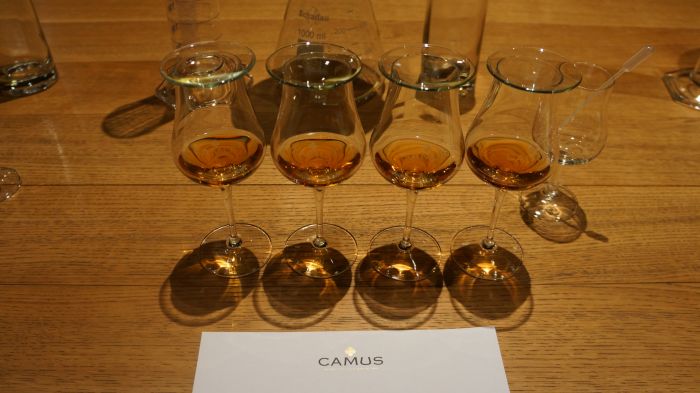
Becoming A Master Blender at Camus Cognac
Sixty miles north of Bordeaux is the district of Cognac, the home of Camus Cognac. Camus Cognac is a brand of cognac that has been produced by five generations of the Camus family since 1863. Today, Cyril Camus heads the company which now counts 500 employees in eight countries on three continents.
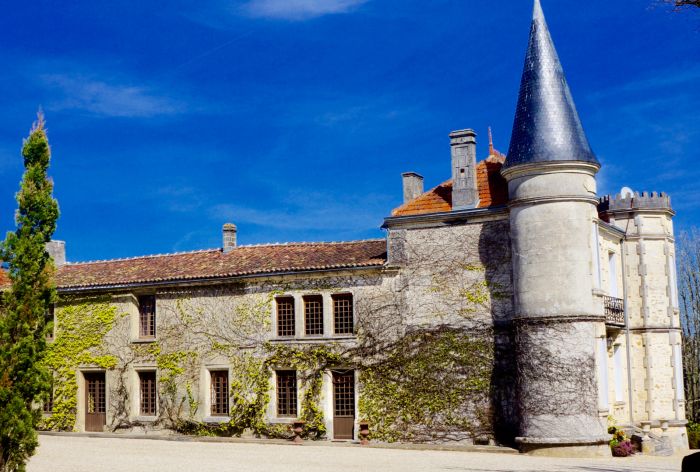
We ate lunch inside the owner's chateau where the Camus family lives, near the sales area and cellars where the Master Blending Class is held. We were fortunate enough to have our instructor, Frederick—one of the few great Master Cognac Blenders—explain the four distillations. We could choose all, or a combination, in blending our own Cognac. We then used eye droppers and beakers, creating our own mixture under Frederick’s watchful eye. This was a unique, memorable experience that allowed those who knew Cognac a greater education, and those who were beginners a substantial introduction.
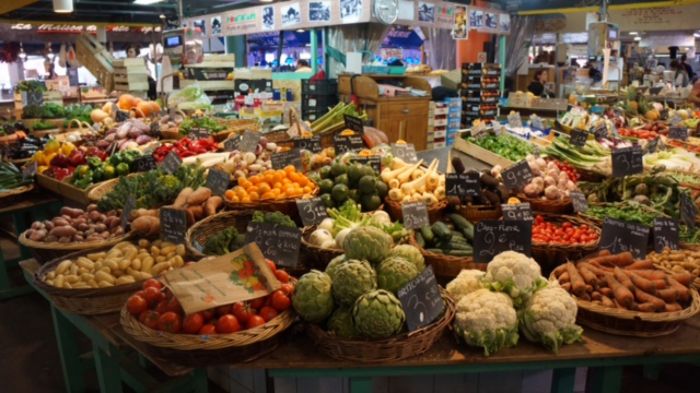
Marche du Capucins – Inside The Great Bordeaux French Market
On the last day of our river cruise, we spent much of it at the famous Bordeaux Market, the Marche des Capuchins. This is where you can buy fresh fruit, vegetables, cheese, bread, chocolate, fish, just about anything edible. We were there during white asparagus season, which was a beautiful rarity. There were also olives, fresh cheese, and all things fish available. Our Viking River Executive Chef Cesar led the group as he picked out the freshest cheese, macaroons, chocolate and bread.
The market was full of people doing their weekly shopping, yet the history of this place, opened in 1749 by the religious order of the Capuchin Monks, still can be sensed. The market feels old, traditional, and very French. Spending time at the Marche was a great ending to a cruise for food and wine lovers, and most everyone else who had an interest in and desire for the deep, sensory blessings of life.











